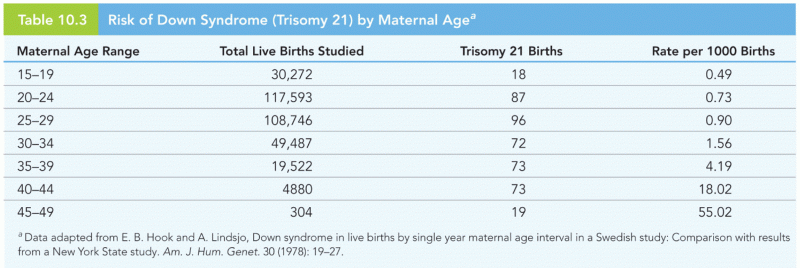Answer to Question 1
Do not smoke- No amount of smoking is safe. Eat fruits and vegetables- Eating a variety of fruits and vegetables lowers the risk of CHD by 30. Exercise more- Physical exercise can strengthen the heart muscle, lower blood pressure, help with weight management, reduce the risk of diabetes, and preserve muscle mass. Lower cholesterol- The key to controlling cholesterol is to keep LDL levels low and HDL (high density lipoproteins- the good cholesterol) levels high. Control obesity- Obesity increases the risk of diabetes, hypertension, and high cholesterol. Prevent diabetes- Diabetes, a disorder of metabolism that results in high circulating levels of glucose in the bloodstream following digestion, dramatically increases the risk and severity of CHD. Manage stress- Given what you have previously read, it goes without saying that managing stress is an important strategy for reducing risk of CHD. Prevent high blood pressure- High blood pressure may damage the lining of the arterial wall initiating the CHD process. Alcohol- Moderate alcohol (1-2 drinks) intake actually decreases the chance of CHD.
Answer to Question 2
Anger and hostility may play a role in acute myocardial infarctions (MI's) or lethal arrhythmias. As Futterman explains, anger increases catecholamine levels, blood pressure, heart rate, the likelihood of vasospasms, as well as platelet aggregation thus making it more likely that there will be a disruption of vulnerable areas of plaque resulting in occlusive ischemia followed by an MI or sudden cardiac death (SCD). Futterman also points out that, emotional or psychological stress, specifically anger or hostility, are significant and independent risk factors in ischemic heart disease and can precipitate an acute myocardial infarction (MI) or lethal arrhythmias. A recent meta-analysis also concluded that anger and hostility are associated with coronary heart disease (CHD) outcomes both in healthy and CHD populations. Trait anger is associated with both an increased risk for hypertension and CHD in men although anxiety may be a better CHD predictor than hostility for women.







